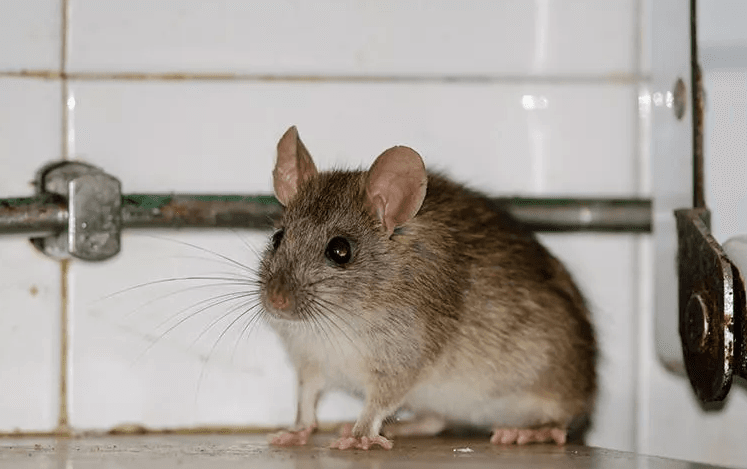What Do Roof Rats Look Like?
Roof rats range from dark brown to even black in color. They are between 13 and 18 inches long, including their tails, and weight up to 9 ounces. Unlike other species of mice and rats, roof rats are almost hairless, and have long ears. When these rodents move, they drag their tails on the ground behind them, so you can identify which species of rodent you’re dealing with if they leave footprints in dust or dirt runways.

Where Do Roof Rats Live And Nest?
The name “roof” rat comes from the rodent’s preference for living and nesting up on higher levels. These rats will build nests in trees, on top of woodpiles, and in areas of dense vegetation. If they get into your home, they are more likely to build nests in your attics or ceilings rather than in your basement and often get inside by climbing.
What Do Roof Rats Eat?
Like many rodent species, roof rats are omnivores, though they lean more toward vegetarian meals if there is an abundance of food and choice available. These rats will often eat fresh fruit, nuts and seeds, plant material, vegetables, and tree bark.
Are Roof Rats Dangerous?
Yes. Like all rats and mice, roof rats are capable of spreading harmful diseases. If these rodents bite you, they can infect you with the diseases they carry, but they can also transmit diseases indirectly by contaminating food or surfaces with their feces and urine or the bacteria they pick up on their bodies.
Does Innovative Pest Control Offer Roof Rat Control?
Innovative Pest Control has professional rodent control methods for house mice, roof rats, Norway rats, and other rodents. Don’t try to get rid of a rat infestation on your own. We’ll use a combination of exclusion services to prevent roof rats from entering your home and trapping and baiting to eliminate current rats already in your home. To find out how Innovative Pest Control can get rid of rodents in your East Texas home, call now!
Roof Rat Prevention Tips
Preventing roof rat problems in your home involves preventing them from getting into your home in the first place! You’ll know if you have a roof rat problem if you see rat droppings that are capsule-shaped and 1/4 to 1/2 inch in length. The droppings are typically shiny and black, and are three times as large as what you would see with basic mouse droppings. You’ll also see gnaw holes from roof rats that are 2 inches wide or more with rough edges. If you happen to see a roof rat in your home during the day, it means you have a very large infestation because rats are normally nocturnal and will hide.
Since roof rats can enter your home through an opening as small as a dime (about 1/2 of an inch), you need to examine the outside of your home very carefully for small openings that roof rats or other rodents could squeeze through and eliminate them:
- Seal any openings larger than a 1/4 inch with caulk, mesh, or wood.
- Install tight-fitting grates around floor drains and sewer pipes.
- Check that your window screens fit tightly and that all doors are sealed.